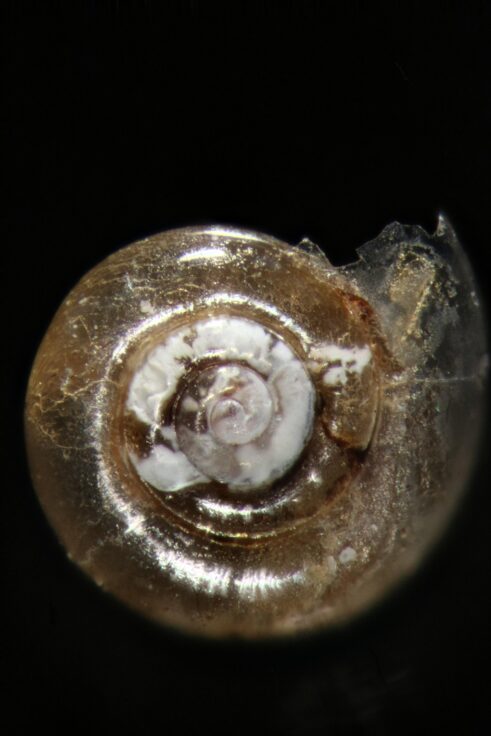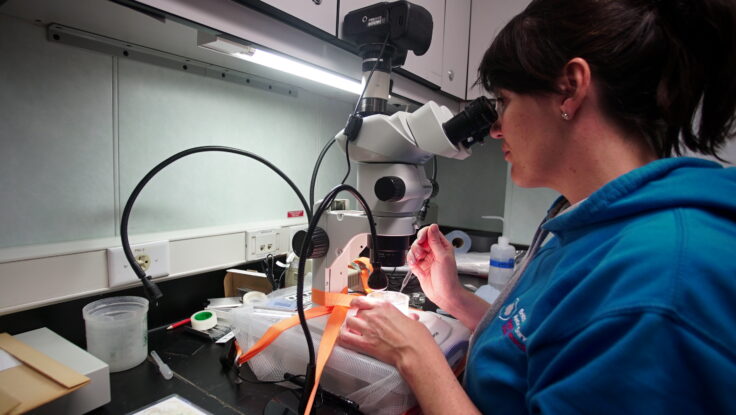Sea butterflies repair shell damage from ocean acidification
A new study of tiny marine snails called sea butterflies shows the great lengths these animals go to repair damage caused by ocean acidification. The paper, led by researchers at British Antarctic Survey, is published this month in the journal Nature Communications.

The ocean absorbs around one quarter of the carbon dioxide (CO2) emitted into the atmosphere and this CO2 reacts with seawater, causing the pH to fall, a phenomenon called ocean acidification. It has been feared this acidification is detrimental to certain organisms as corrosive waters could dissolve their shells or skeletons. Sea butterflies, also known as pteropods (Limacina helicina), are mm-scale animals that are prevalent in the polar regions. They have evolved ‘wings’ instead of a foot, enabling them to swim through the ocean. Their delicate shells are made from aragonite, the least stable form of calcium carbonate, and are so thin they are completely translucent.
Despite their anticipated vulnerability to ocean acidification, the study found that sea butterflies in the Greenland Sea show certain adaptations to their environment. Not only do they protect the outsides of their shells from corrosive waters with an impermeable membrane, much like cling-film, but they can also repair damage to their shells.
For the first time, BAS scientists have observed sea butterflies repairing shell damage by making new calcium carbonate to patch themselves up from the inside.
Lead author Dr Vicky Peck a paleoceanographer from British Antarctic Survey, says:
“It’s good news that our research reveals that sea butterflies are demonstrating a resilience to a changing ocean. It’s only where the cling-film-like coating on their shell is damaged that the hard part becomes vulnerable to dissolution, not the whole shell as previously feared. What’s also interesting is how these animals are able to repair areas of damage by extensively patching their shells up from the inside. One specimen was found to have added four times the thickness of original shell in repair material to counteract an area of exposed shell dissolving.”

As part of the UK Ocean Acidification Research Programme, the team studied sea butterflies in the Greenland Sea from the British Antarctic Survey’s research vessel RRS James Clark Ross in 2012.
Read the paper here